Introduction
The Ultimate Guide to Australian Terriers provides essential tips for care, training, and health.
- They are known for their loyalty and make excellent companions
- This breed is intelligent and relatively easy to train
- Australian Terriers were originally bred for hunting vermin and guarding homes
- Despite their size, they are confident and can be protective
- This guide will cover essential information about the Australian Terrier
1. History and Origin
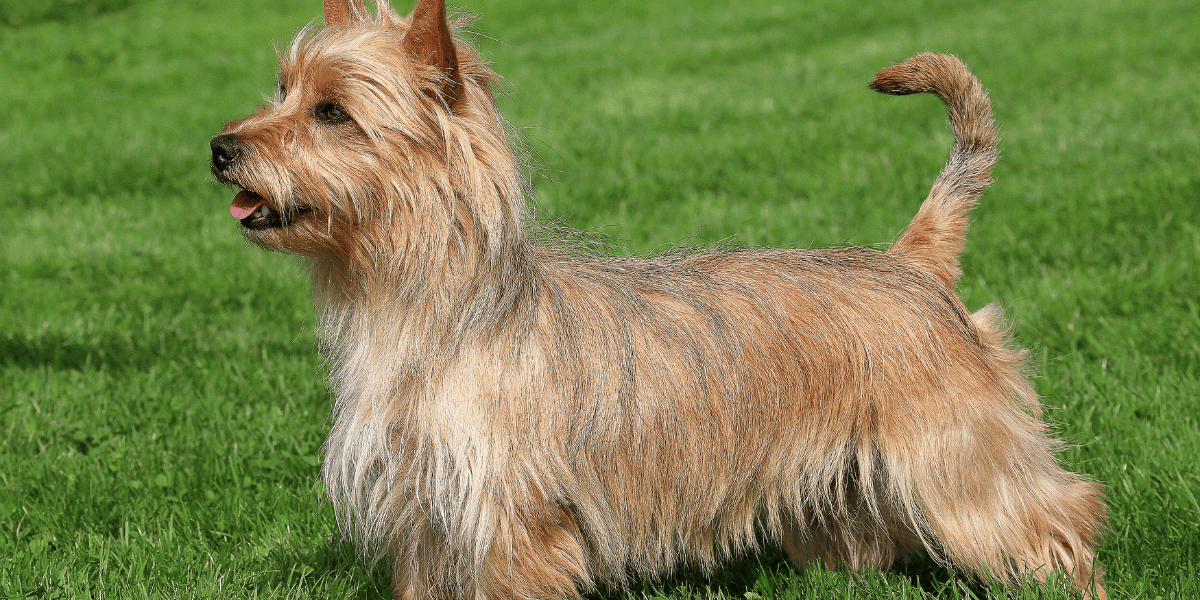
The Australian Terrier was developed in Australia during the 19th century.
- Early Purpose: Bred to hunt vermin and guard homes
- Origins: Developed from various British terriers
- Recognition: Recognized by kennel clubs in the early 20th century
- Versatility: Used for both companionship and work
- Temperament: Known for being tough yet affectionate
- Size: A small breed with a big personality
- Popularity: Gained popularity for its loyalty and bravery
- Distinct Features: Has a rough coat and erect ears
2. Physical Characteristics
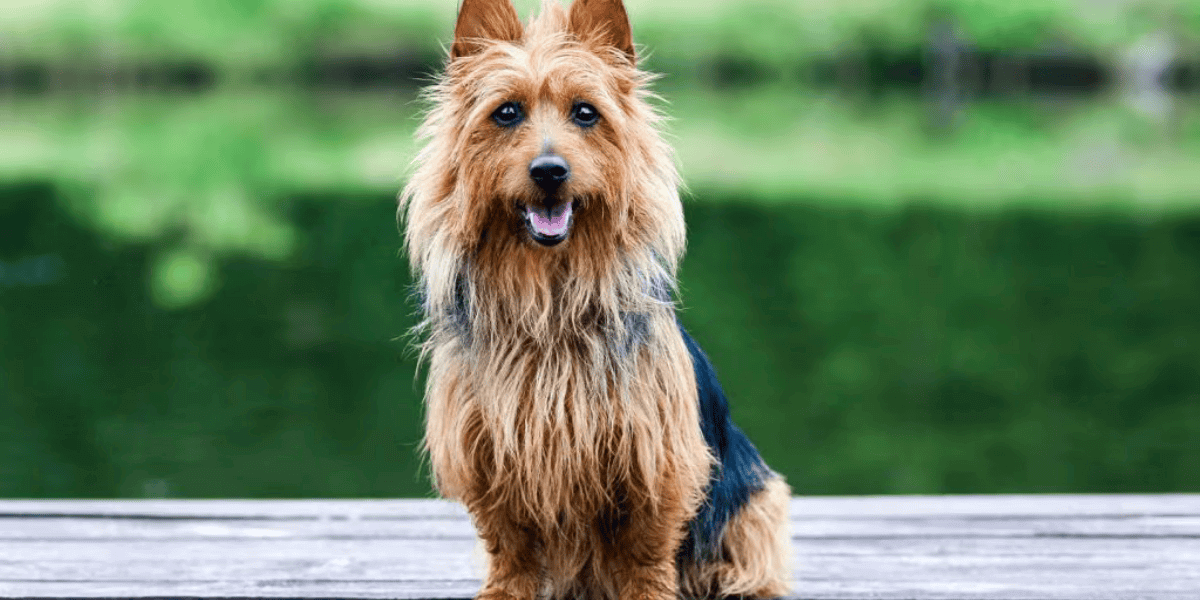
The Ultimate Guide to Australian Terriers details their small yet sturdy build.
- Size: Typically weighs between 12 to 16 pounds
- Height: Average height is around 10 to 11 inches
- Coat Type: Has a rough and weather-resistant coat
- Coat Colors: Commonly blue and tan or sandy red
- Ears: Pointed and erect, giving them an alert expression
- Tail: Typically docked and carried high
- Eyes: Dark and full of expression
- Gait: Known for its quick, confident stride
3. Temperament and Personality
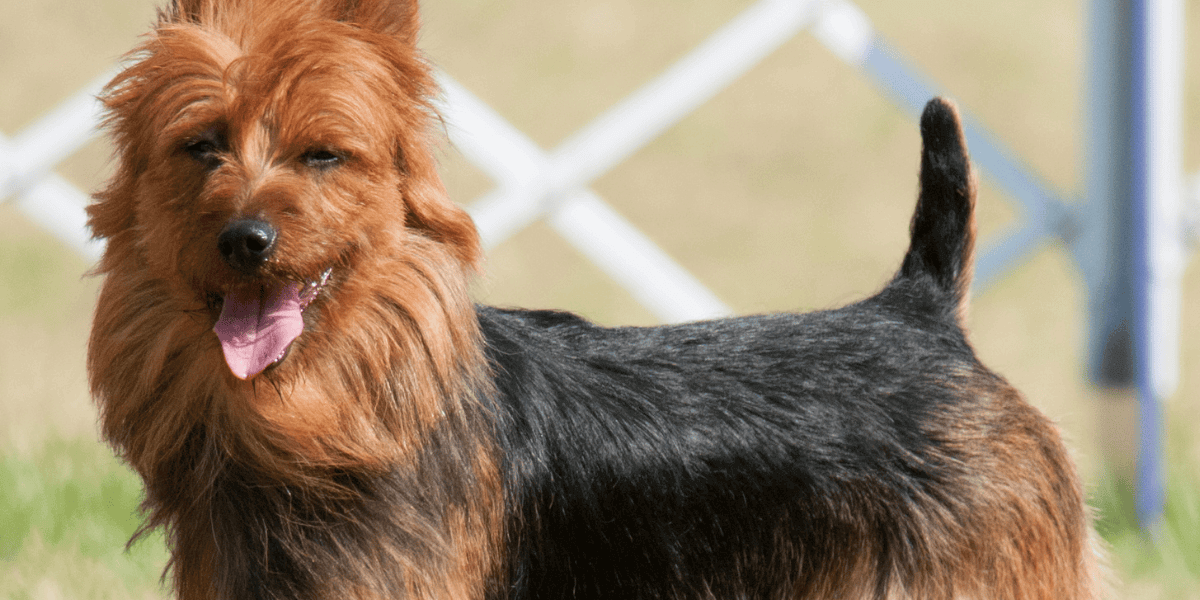
The Ultimate Guide to Australian Terriers highlights their loyal and confident nature.
- Affectionate: Form strong bonds with their family
- Intelligent: Quick learners and easy to train
- Energetic: Need regular exercise to burn off energy
- Protective: Will guard their home and loved ones
- Alert: Always aware of their surroundings
- Playful: Enjoys games and interactive toys
- Curious: Loves to explore and investigate new areas
- Confident: Despite their size, they have a bold personality
4. Exercise Needs
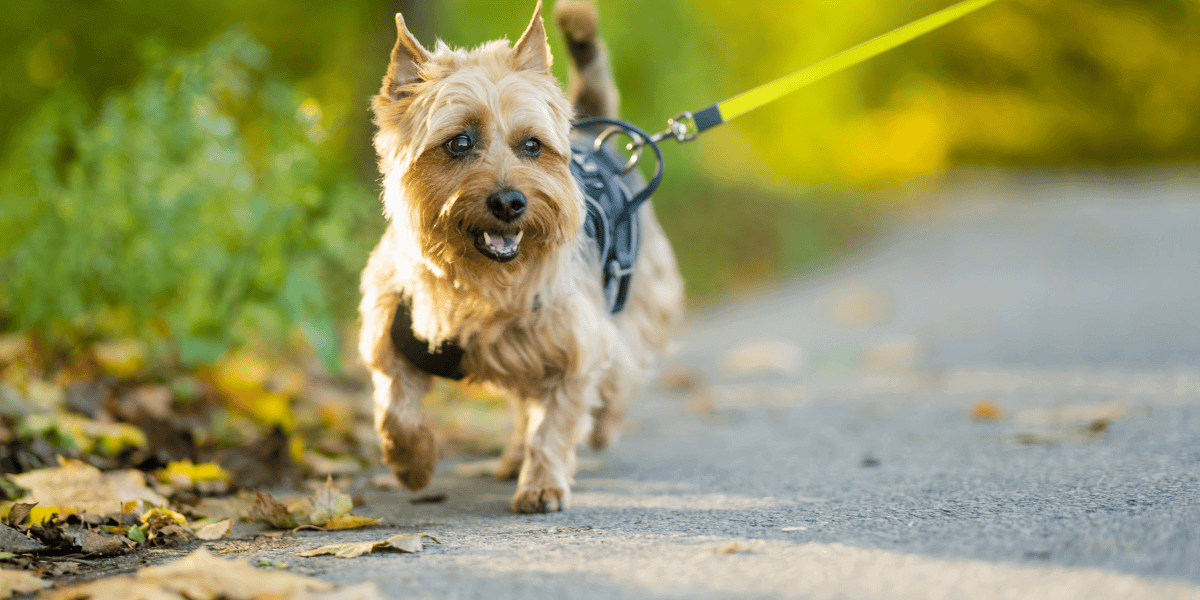
The Ultimate Guide to Australian Terriers emphasizes the importance of regular exercise.
- Daily Walks: Should have at least 30 minutes of daily walks
- Playtime: Enjoys interactive play sessions with their owners
- Outdoor Time: Loves to explore outdoor spaces like parks
- Mental Stimulation: Needs puzzle toys or games to keep their mind sharp
- Agility Training: Excels in agility and other canine sports
- Socialization: Regular interaction with other dogs is beneficial
- Off-Leash Play: Allow safe, supervised off-leash play in secure areas
- Energy Levels: Can be active indoors but loves outdoor adventures
Learn how to prevent and manage hip dysplasia to keep your Australian Terrier active and healthy.
5. Training and Socialization
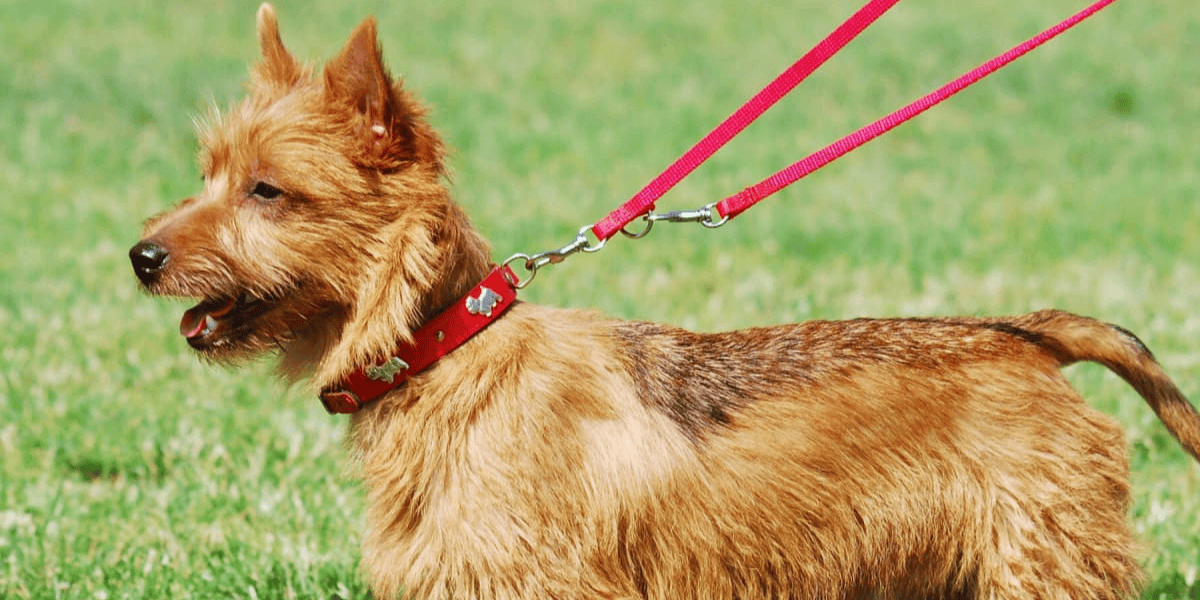
Australian Terriers are intelligent and respond well to positive training methods.
- Positive Reinforcement: Responds best to reward-based training
- Consistency: Requires consistent commands and rules
- Early Socialization: Should be socialized with other animals early on
- Obedience Training: Basic obedience training is essential for this breed
- House Training: Generally quick to pick up house training
- Leash Training: Start leash training early for good habits
- Commands: Teach basic commands like sit, stay, and come
- Problem-Solving: Enjoys puzzle games that challenge their intelligence
6. Grooming Requirements
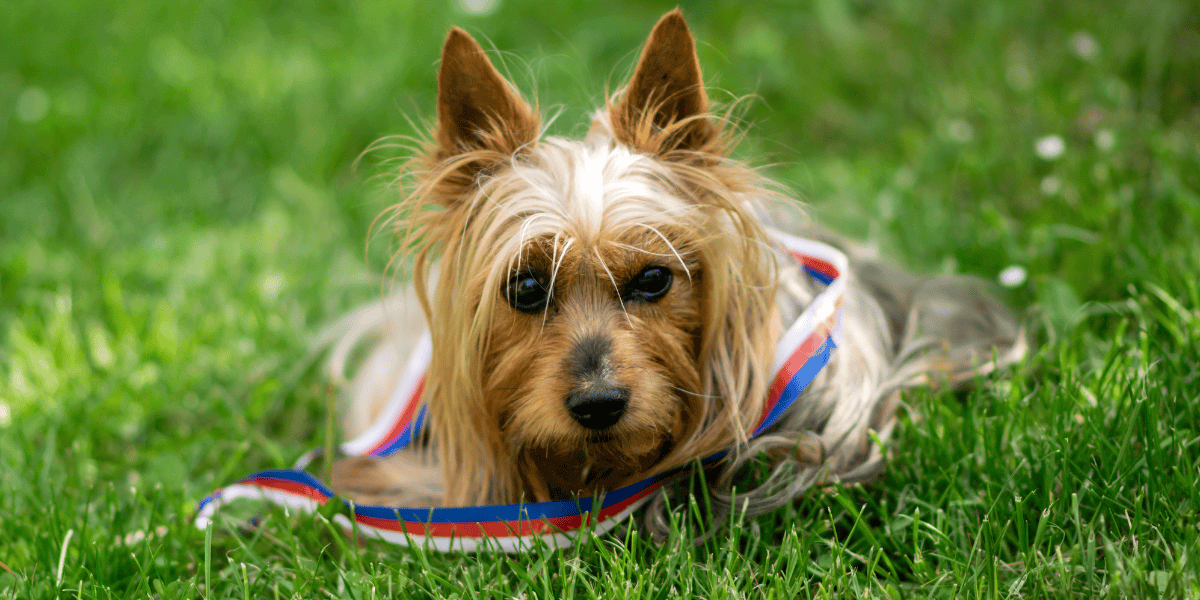
The Ultimate Guide to Australian Terriers outlines their easy but regular grooming needs.
- Brushing: Brush the coat weekly to prevent tangles
- Bathing: Bathe only when necessary to maintain coat oils
- Nail Trimming: Trim nails every few weeks to avoid overgrowth
- Ear Cleaning: Check and clean ears regularly to prevent infections
- Dental Care: Brush teeth weekly to maintain dental health
- Coat Care: Hand stripping may be needed for show dogs
- Shedding: This breed sheds minimally throughout the year
- Eye Cleaning: Wipe eyes regularly to prevent tear stains
Discover top grooming tips to keep your Australian Terrier looking their best and feeling great.
7. Health Concerns
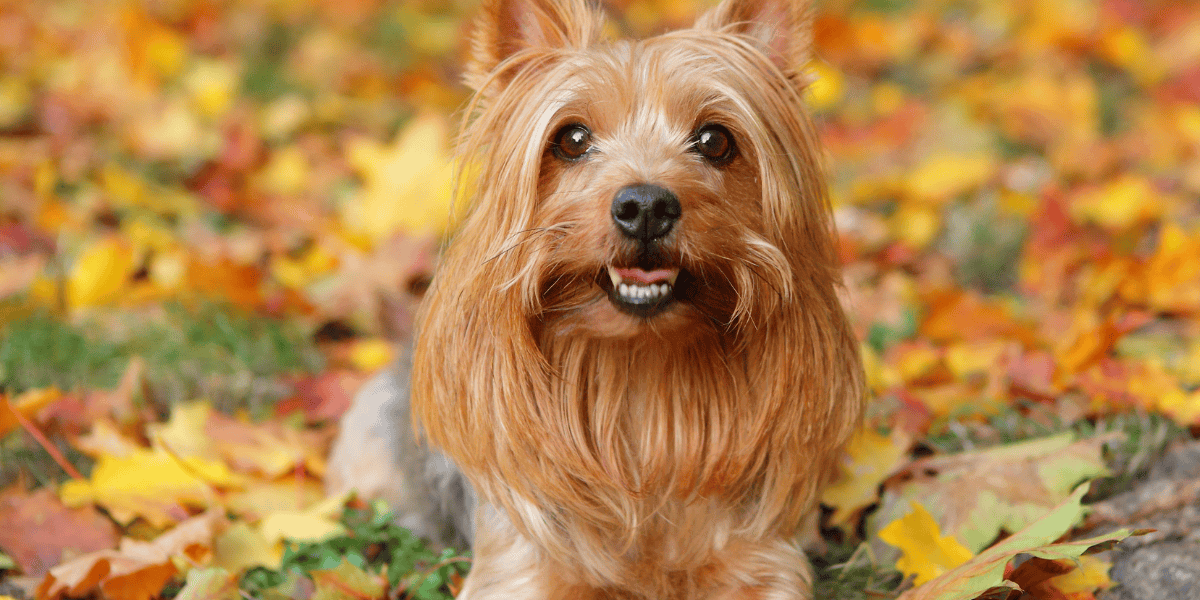
Australian Terriers are generally healthy but prone to specific issues.
- Hip Dysplasia: Joint condition that may cause discomfort or limping
- Patellar Luxation: Affects the kneecaps and can lead to lameness
- Allergies: Prone to skin allergies and food sensitivities
- Hypothyroidism: Can lead to weight gain and coat changes
- Cataracts: May develop cloudy vision as they age
- Legg-Calvé-Perthes: Affects the hip joint and may require surgery
- Dental Issues: Regular dental care is essential for this breed
- Ear Infections: Their ears need regular cleaning to avoid infections
Stay informed about common health issues to ensure your Australian Terrier's well-being.
FAQs
1. What is covered in The Ultimate Guide to Australian Terriers?
- It covers training, health, grooming, and care tips for Australian Terriers
2. How much exercise does an Australian Terriers need?
- They need at least 30 minutes of exercise daily to stay healthy
3. Are Australian Terriers easy to train?
- Yes, they are intelligent and respond well to positive reinforcement
4. What health problems are common in Australian Terriers?
- Common issues include hip dysplasia, allergies, and cataracts
5. How often should I groom my Australian Terrier?
- Brush their coat weekly and trim their nails every few weeks
6. Do Australian Terriers get along with other pets?
- Yes, if they are properly socialized from an early age
7. Can Australian Terriers live in apartments?
- Yes, they adapt well to apartment living with regular exercise
Conclusion
- The Ultimate Guide to Australian Terriers ensures your dog stays healthy
- They require regular exercise, grooming, and a balanced diet
- Proper training and socialization are important for this breed
- Regular vet visits are essential for monitoring health issues
- Australian Terriers thrive in both small spaces and larger homes
- Consider adopting this lively breed to bring joy to your family




